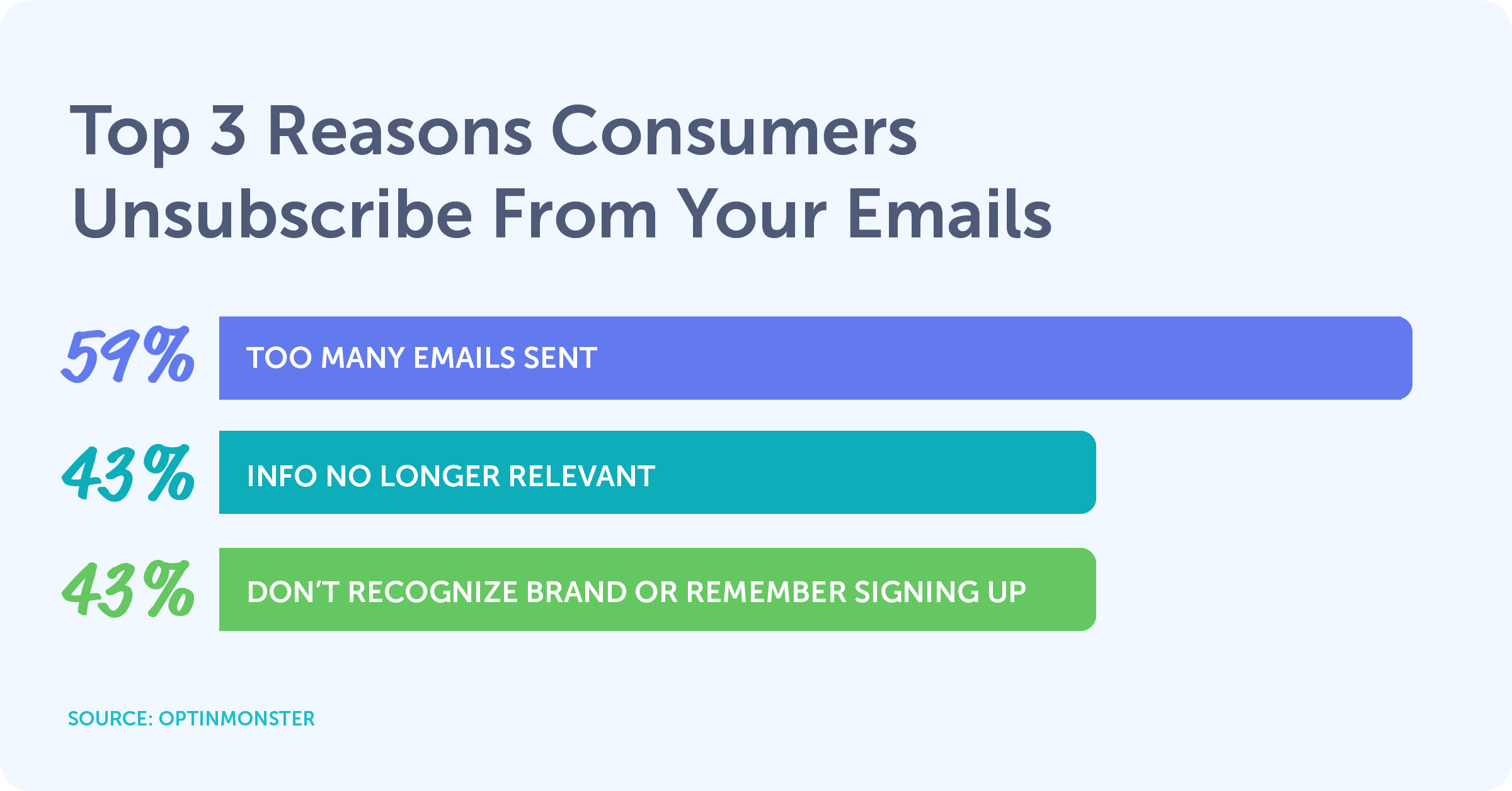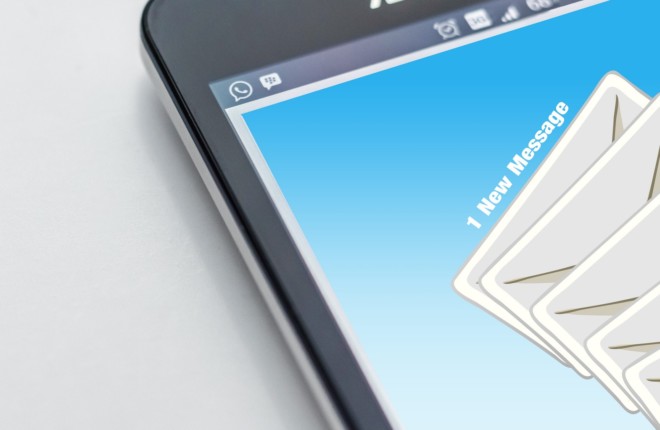Cold emailing like cold calling – has been an open-ended discussion for sales and marketing professionals. Cold emails can be an invaluable marketing technique for targeting and attracting potential customers. For some people, it is just another kind of spam — poised to be sent directly into “junk” or “trash” folder without the user ever opening or reading it. However, there’s a difference between spamming and cold emailing.
What Exactly Are Cold Emails?
When we say cold emails, not to be confused with spam, are about reaching the prospects who are unknown to you with relevant content. Yes, it is kind of throwing darts in the dark, but throwing darts the right way to maximize the likelihood of hitting the bulls-eye.
An effective cold email program would usually use customized emails to connect with potential customers you have never had contact with.
According to a survey by the Content Marketing Institute, 77% of B2B organizations use email marketing newsletters as part of their content marketing plan.
The same research shows that 40% of B2B marketers say email marketing is key to their success.
Also cold emails have the potential to win over social media, because unlike social it can deliver a customized message that helps improve customer loyalty and thus gives you better sales opportunities.
A survey from Optinmonster has revealed that 58% of professionals check their emails before doing anything else online… including social which comes in at 14% respectfully.

This survey clearly shows that love it or hate it, email has its purpose. If used properly cold emails can be an efficient and positive lead generation approach with minimal effort.
So, why do some businesses fail to utilize email marketing?
5 Cold Emailing Mistakes That Kill Your Conversions
Your cold emailing strategy matters. In fact, any mistake in your strategy could decide a positive or negative impact in your outreach.
To help you learn from the other’s, we’ve compiled the five most common cold emailing mistakes that often prevent marketers and sales reps from getting a response from their prospects.
1. You Send the Same Email to Everyone
Sending a generalized standard email is easy to send to hundreds if not thousands of cold prospects. However, when you send a template-based email, you are not only wasting your time, but you also lost out on the opportunity that you had to create a personalized touch with your prospect.
How?
Most templates are too generic. For instance if you start with, ‘To whom it may concern’ the recipient may feel your lack of sincerity and genuine interest to help them with their problem. That more than likely will have an effect on their response.
2. You Don’t End With a Call-To-Action
Do you have a call-to-action (CTA) in your emails?
Many people do this. They finish their email with, “Looking forward to hearing from you.” It’s a bad CTA to use. Actually, it is not a CTA at all.
A CTA is designed to encourage your potential client to take action. “Looking forward to hearing from you” isn’t actionable. When you want more engagement with your cold email campaigns please consider these alternatives.
- Ask to Schedule a Call/ Demo
- Ask Relevant Question
- Offer a Freebie
- Offer an Audit
- Offer an ROI Calculator
3. You Don’t Explain What They Get Out of It
When you promote any product or service to a potential customer, you should always state what’s in it for them. Your qualifications, achievements, and service technicalities can be explained in detail later in your sequence.
The most important thing that you can convey during the cold email process is the benefits that your service will bring to your clients and how it can solve their challenges. For example, instead of writing about your technical skills, in detail you can explain how you can help them achieve their goals.
4. You Don’t Send a Follow-Up Email
Like cold calling, you are going to get ignored in email emailing. That is a matter of truth when you send cold emails. Don’t take it personally If your first attempt doesn’t get a response. More often than not, your first email is swept aside or unnoticed due to mailbox volume. When this happens, we suggest following up in a few days. There is a greater chance of a second or third attempt to get an answer.
Obvious note: Your follow-up email should be different from your first one. You don’t want your prospect to think you are just re-sending stuff.
5. You Don’t Experiment
There are a lot of ways to run a cold email campaign. If one method doesn’t work for you, document it, then try another message. Don’t be afraid to play with it. That is the only thing you can do to work out the kinks for the best possible open and response rates.
As noted earlier, always keep track of your metrics when testing different variables. Take note of the changes you have made in each template as well as quantity and quality of the responses you have received. Collecting concrete data will help you develop a robust cold email strategy.
If any of these mistakes are part of your routine, it is time for you to make some adjustments.
Relevancy is The Concern

Marketers and sales professionals accept the fact relevance is a major concern. DMA reports that only 55% of marketers believe that not all emails they send are useful to their subscribers. That is a very big issue.
On the recipient side and according to Optinmonster, 43% unsubscribe as they believe the email content is no longer relevant to them. Finding ways to produce successful relevant content must be a goal for any marketer.
To take your cold emailing to the next level while making sure you hit the target every time is to tailored content using firmographic data, technographic data, and other important data points.
Data Can Make or Break Your Cold Email Campaign
A lot of people have this misguided perception that bulk emailing has poor returns. The fact is, the returns on cold emails vary greatly.
So, what differentiates the professionals who send 10,000 emails and get 1 response vs. the professionals who send a 100 emails and get 20 answers? The answer is twofold: data quality and targeting.
Many businesses, especially startups, rely on the data researched by their internal team based on information available on the listing portals, contact us page, review sites, and Press Release. However, data collected from these sources is often inaccurate as the data changes every 12-13 months for different reasons. Due to the expectation of a poor return, very little attention is paid to restoring email addresses. Poor data quality means that only a small percentage of recipients will actually be interested in your product or service, further lowering the response rate.
Low-quality data makes it much harder to target your desired prospect. The worst-case scenario? Sending emails to many uninterested prospects that you may get tagged as spam. Ouch!
Don’t Let Bad Data Hurt Your Email Conversions
Using poor data for cold email outreach is one of the easiest ways to be branded as a spammer. Which could also hurt your conversions, brand reputation and domain reputation. The trifecta! Also if you have a small data set, make sure your team verifies it before using it to send emails.
However, if your goal is to reach more relevant prospects for your business, SalesIntel can help you access millions of human-verified data. Additionally, SalesIntel provides you the necessary data points such as technographic and firmographic data that can help you to segment your prospects and use tailored messages during cold emailing. You can even qualify and focus on those accounts who are actively looking for your services, but haven’t reached you yet using our Intent Data. This way, you can transform your cold emailing into an account-based marketing approach. To maintain our high accuracy and avoid data decay, we verify our data every 90 days.
All said and done, cold emailing is NOT dead…it has changed! To see how SalesIntel can help you reach more qualified prospects, schedule a quick SalesIntel demo.






